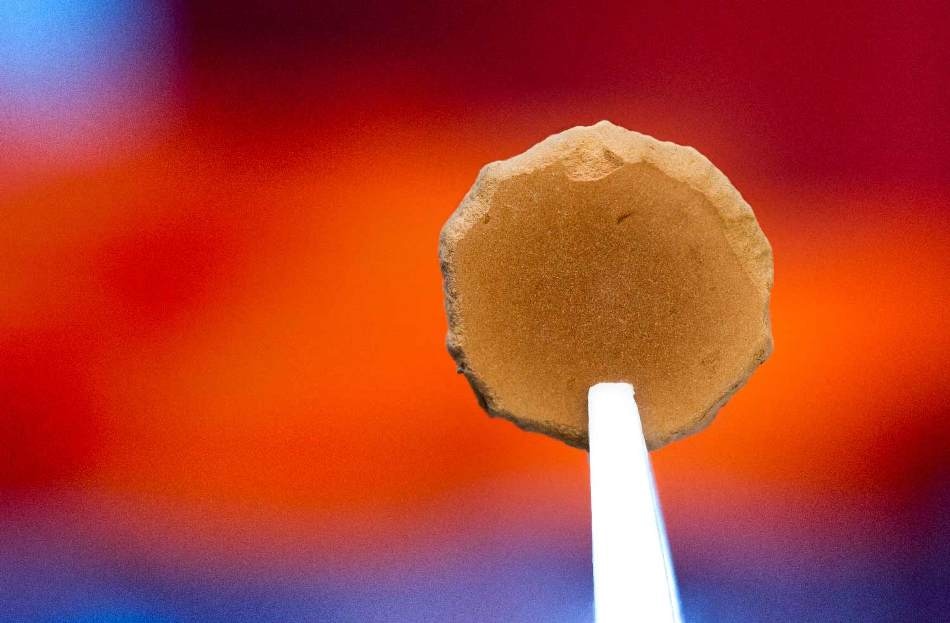Apr 28 2017
Explorers keen to live on Mars may be able to convert the planet’s red soil into bricks without requiring the use of an oven or extra ingredients. Instead, they may just have to apply pressure to compact the soil—the equivalent of a hammer blow.
 Researchers compacted Mars simulant under pressure in a cylindrical, flexible rubber tube. This is what the result of the experiment looked like before it was cut into bricks.(credit: University of California San Diego)
Researchers compacted Mars simulant under pressure in a cylindrical, flexible rubber tube. This is what the result of the experiment looked like before it was cut into bricks.(credit: University of California San Diego)
A recent research has published these findings in Nature Scientific Reports. The research was authored by engineers at the University of California San Diego and funded by NASA. The research is very significant as Congress passed a bill, signed by President Donald Trump in March 2017, approving NASA to launch a manned mission on Mars in 2033.
The people who will go to Mars will be incredibly brave. They will be pioneers. And I would be honored to be their brick maker.
Yu Qiao, a professor of structural engineering at UC San Diego and the lead author of the study.
Offers to use Martian soil to construct habitats for manned missions on Mars are not new. But this is the first research that announces astronauts would not need huge amounts of resources to do so. Earlier plans included using complex chemistry to convert organic compounds found on Mars into binding polymers or nuclear-powered brick kilns.
In fact, the UC San Diego engineers were originally trying to reduce the amount of polymers needed to shape Martian soil into bricks, and by chance discovered that none was required. In order to form bricks out of Mars soil simulant, without heating or baking the material and without additives, two steps were crucial. One was to enfold the simulant in a flexible container, in this case a rubber tube. The other was to compact the simulant using adequately high pressure. The amount of pressure required for a small sample is approximately the same as someone dropping 10-lb hammer from a height of one meter, Qiao said.
The process yields tiny round soil pallets that are around an inch tall and can then be cut into brick shapes. The engineers believe that the iron oxide, which bestows Martian soil with its characteristic reddish hue, serves as a binding agent. They examined the simulant’s structure with a variety of scanning tools and established that the minute iron particles coat the simulant’s bigger rocky basalt particles. The iron particles possess clean, flat facets that easily stick to one another under pressure.
The researchers also examined the bricks’ strengths and noticed that even without rebar, they are stronger than concrete reinforced with steel.
The team said their technique may be well-matched for additive manufacturing. To construct a structure, astronauts could spread a layer of soil, compact it, then spread another layer and compact that, and so on.
The subsequent logical step for the research would be to make the size of the bricks bigger.